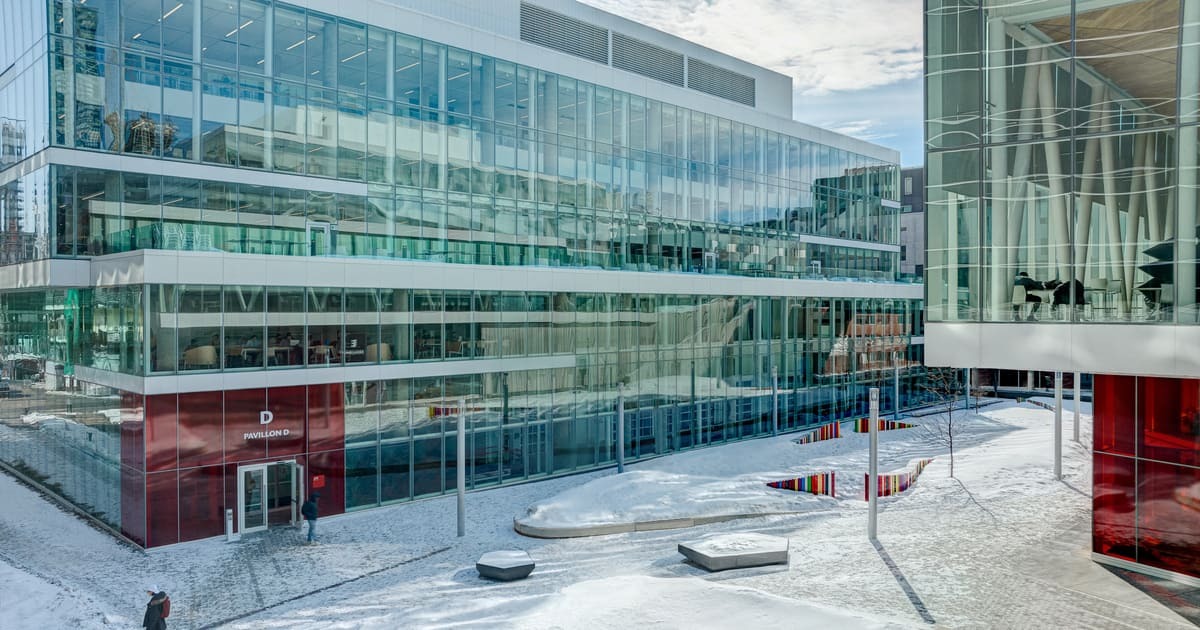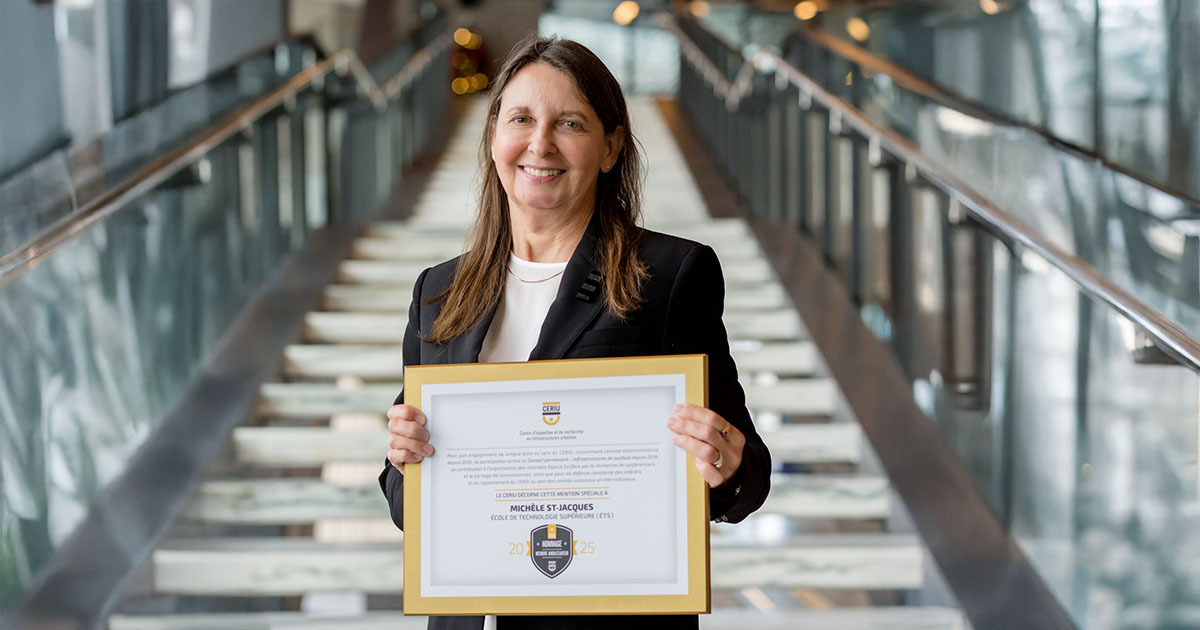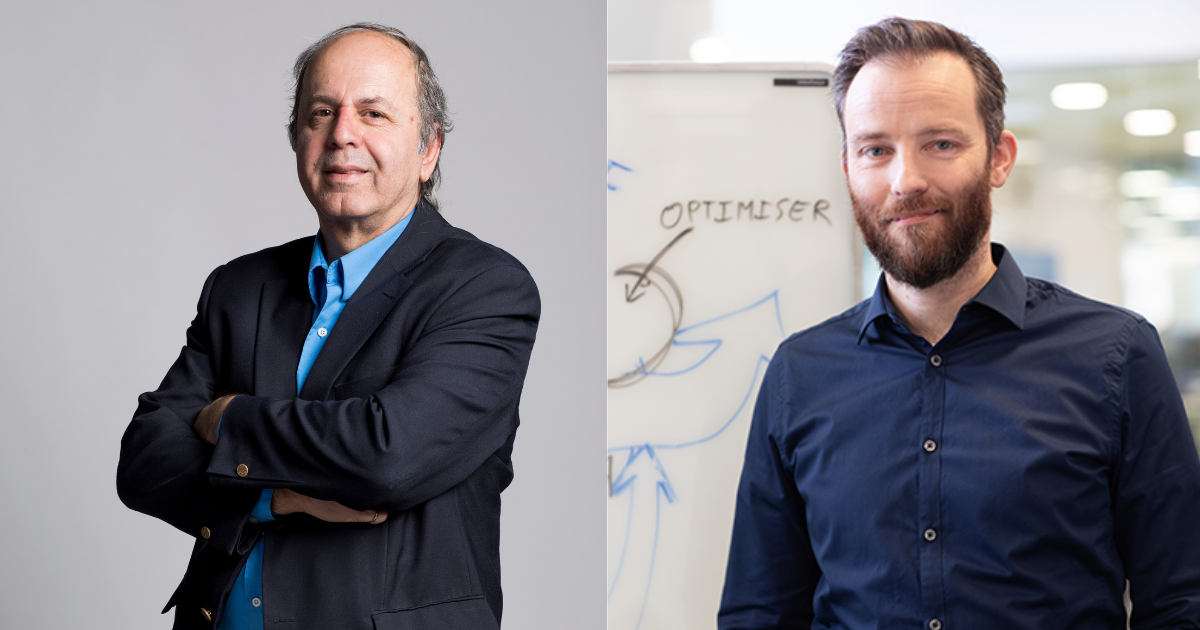
Aviation Industry Emissions
Air traffic is growing steadily worldwide, increasing the sector’s environmental impact. Although new-generation aircraft are more energy-efficient, these improvements are not enough to offset the overall increase in emissions. By burning large quantities of kerosene, aircraft engines release greenhouse gases into the atmosphere, notably carbon dioxide (CO₂), contributing to global warming.
In the short term, sustainable aviation fuels (SAF) offer a promising solution for reducing CO₂ emissions. Unlike fossil fuels, which introduce “new” carbon into the atmosphere, SAFs recycle carbon already found in the natural cycle. Produced from raw materials such as used vegetable oils, animal fats or biomass residues, these fuels emit CO₂ derived from carbon absorbed by plants via photosynthesis.
However, the effect of SAFs on so-called non-CO₂ emissions—water vapour, soot particles, unburned hydrocarbons, aerosols or sulfides—is still poorly understood. Yet these emissions play a decisive role in the formation of condensation trails (contrails), the long white trails that form in the wake of flying aircraft. Through their radiative forcing effect, contrails could contribute more to global warming than CO₂ itself. This is the background to this research project. The aim is to gain a better understanding of contrail formation mechanisms and their evolution in space and time.
Modelling Contrails: A Multidisciplinary Approach
Contrails form under certain atmospheric conditions, notably in cold, damp environments. During combustion, aircraft engines release not only large quantities of water vapour, but also fine particles of soot and sulphur compounds that act as condensation nuclei, promoting the formation of ice crystals. The behaviour of contrails, in particular their persistence and climatic impact, depends on the number and size of these crystals, but the physicochemical processes involved are still poorly understood. One main challenge is the need to model phenomena on very different scales: micrometre-sized particles interact with a flow that extends several kilometres behind the aircraft.
Presently, scientific models describing contrail formation are based on numerous hypotheses. To improve their accuracy, experimental data are essential. With this in mind, a series of measurements will be carried out on an Airbus A220, on the ground and in flight, fuelled with sustainable fuel (SAF). Four types of SAF fuel will be tested on the ground at Mirabel airport. In flight, a chaser aircraft, equipped as a flying laboratory, will collect samples behind the Airbus from distances of 150 metres to 30 kilometres. To better compare the influence of different fuels on contrail formation, two Airbus A220s, each powered by a different fuel, will fly side by side. This configuration will minimize the influence of atmospheric variations on the results.
The ÉTS research team will use computational fluid dynamics (CFD) simulations coupled with atmospheric microphysics models to simulate ice crystal formation. From these simulations, a reduced-order model based on artificial intelligence will be developed in collaboration with Polytechnique Montréal. This model can be used by manufacturers right from the design phase, enabling them to optimize their technologies for more sustainable, environmentally friendly aviation.
An International Study
This research project brings together a number of partners in North America and Europe: Pratt & Whitney, Missouri University of Science & Technology, Aerodyne, Massachusetts Institute of Technology (MIT), Washington State University, NASA, Deutsches Zentrum für Luft- und Raumfahrt (DLR), Airbus SAS, Polytechnique Montréal and FSM Management Group.



